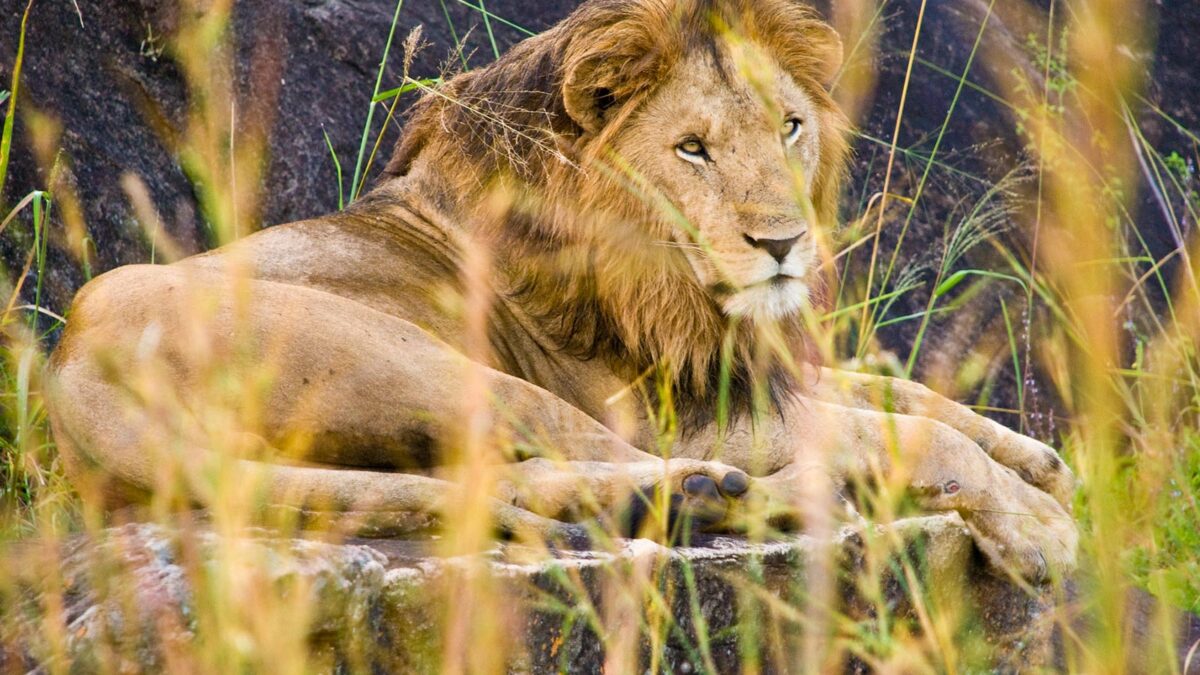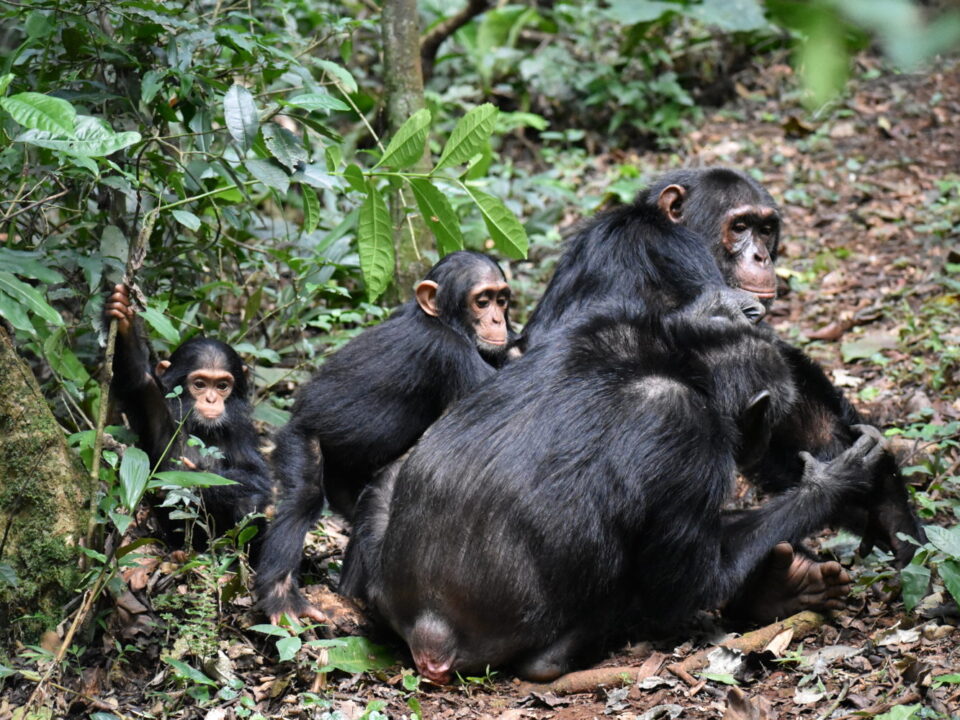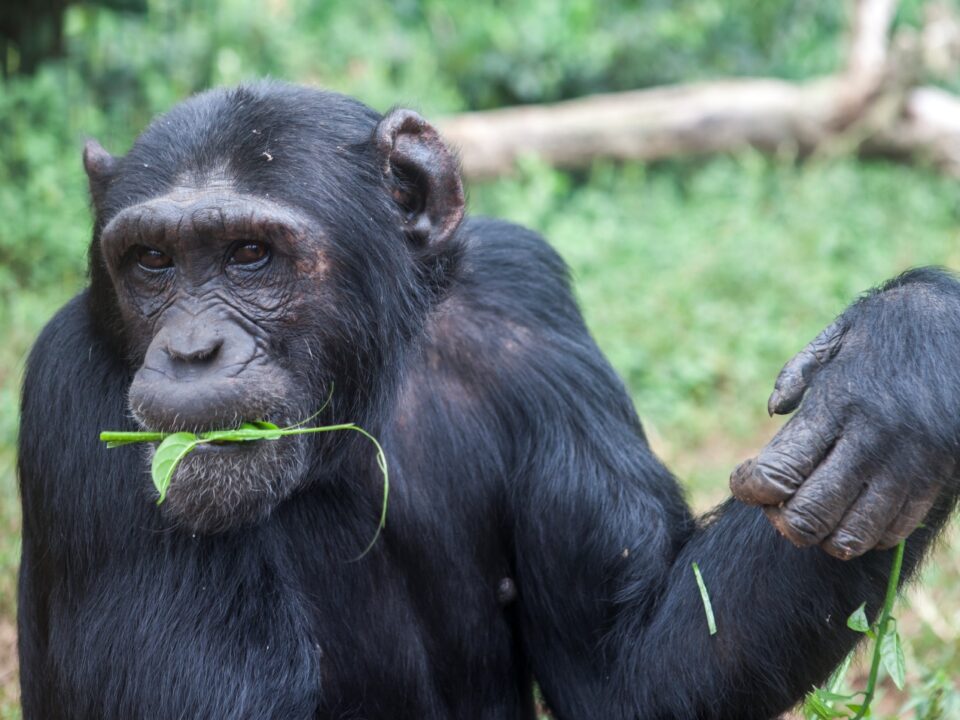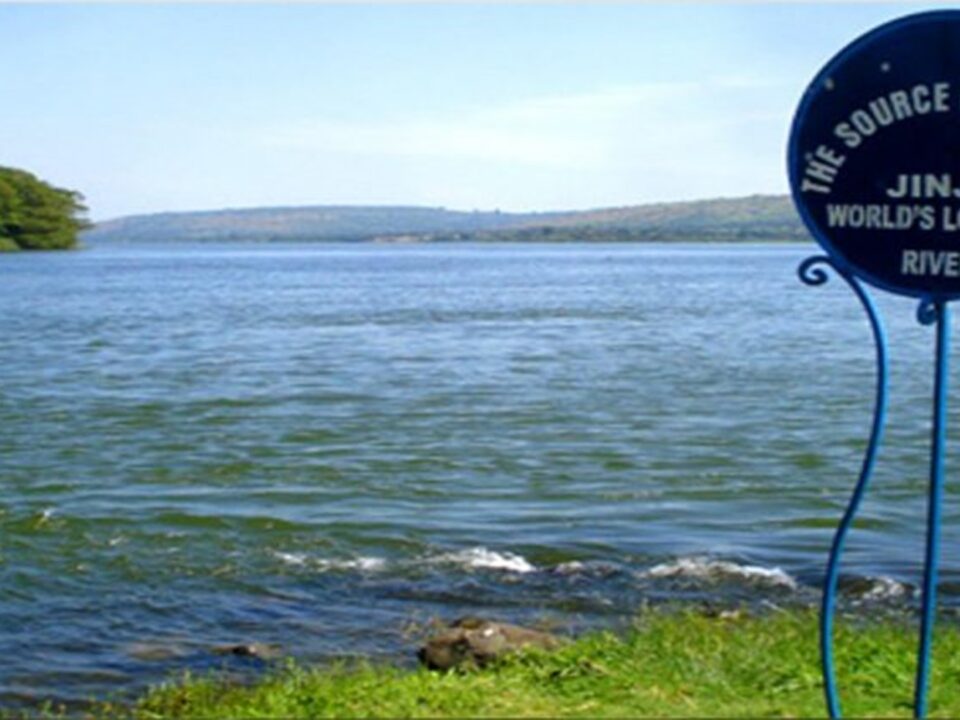Best National Parks to film Big Cats in Uganda

Aerial filming in Uganda
January 20, 2024
Top locations to film Cape Buffaloes in Uganda
January 20, 2024Capturing the Majesty: Top National Parks for Filming Big Cats in Uganda
Best National Parks to film Big Cats in Uganda — Embark on an exhilarating adventure in the heart of Africa by filming Big Cats in Uganda, a captivating journey set amidst the diverse landscapes of the country’s renowned National Parks. Trek Africa Expeditions invites you to witness the awe-inspiring beauty of these majestic creatures in their natural habitat, providing an unparalleled experience for wildlife enthusiasts and filmmakers alike.
Best National Parks for Filming Big Cats
Filming Big Cats in the wild of Uganda is a cinematic odyssey, showcasing some of the country’s best-kept secrets. Big Cats, among the most sought-after safari species, can be found in select National Parks and wildlife reserves. Despite challenges posed by Human-Wildlife Conflicts, concerted conservation efforts have contributed to the thriving Lion population, especially in two prominent locations.
Kidepo Valley National Park: Africa’s True Wilderness
Nestled in the remote northern reaches of Uganda, Kidepo Valley National Park stands as an unrivaled filming location for Lions. Often hailed as “Africa’s True Wilderness,” this park boasts a diverse savannah landscape, providing a rich abundance of wildlife. Lions, including Leopards, roam freely in this pristine wilderness, creating an enthralling backdrop for your film production. Elephants, Burchell’s zebras, buffalo, and Rothschild’s giraffes further enrich the visual narrative.
Queen Elizabeth National Park: Where Diversity Meets Majesty
Queen Elizabeth National Park emerges as a stellar Lion filming location, offering various settings for capturing the regal creatures. Lions can be observed in unique scenarios, such as the iconic Euphoria tree. Situated along the Great Rift Valley’s western arm, this park provides a tapestry of landscapes, from riverine habitats to savannah expanses. With tree-climbing lions in the Ishasha sector and captivating crater lakes in Maramagambo, the park promises a diverse and resourceful production.
Murchison Falls National Park: A Cinematic Wonderland
At the northern end of the Albertine Rift Valley, Murchison Falls National Park unveils a cinematic wonderland for Lion filming. Bisected by the Victoria Nile, this park features the breathtaking Murchison waterfalls and is home to an array of wildlife, including the big five. Lions, leopards, elephants, and buffaloes roam freely, offering ample opportunities for captivating shots. With over 76 mammal species and diverse birdlife, Murchison Falls National Park ensures a visual feast for filmmakers.
Accessing Big Cats Filming Locations
All Lion filming locations in Uganda are easily accessible by road transport, with well-maintained roads leading to these captivating destinations. Trek Africa Expeditions provides comfortable 4×4 safari vehicles, ensuring the safety of your crew and equipment during the journey. Alternatively, air transport is available, with flights from Entebbe International Airport and Kajjansi Airstrip connecting to local airstrips within the National Parks.
Requirements for Filming Big Cats in Uganda
To capture the essence of Big Cats in Uganda, filmmakers must adhere to certain requirements. These include obtaining filming permits from Uganda Wildlife Authority, securing Media Cards from Uganda Media Council for crew accreditation, and settling filming fees imposed by the wildlife authority. Trek Africa Expeditions acting as your local fixer, facilitates the processing of permits, Media Cards, transportation, accommodation, and assists with customs clearance for filming equipment.
Contact Trek Africa Expeditions for a seamless filmmaking experience, tailored advice on the best National Parks to film Big Cats in Uganda, and comprehensive support for your production needs.
Related posts
Female chimp Pasa, is photographed eating leaves in the Ngamba Island Chimpanzee Sanctuary in Lake Victoria, Uganda. Pasa, who has been on Ngamba Island since 2000, was surrendered to UWEC by a man from Arua who realized that he had broken the law by buying the infant chimp from a Congolese trader two weeks earlier. Pasa was named after the ‘Pan African Sanctuary Alliance’ which was formed during a workshop held in Entebbe at the time of her confiscation. This Alliance is working together to try and stop the root cause of the chimpanzee-orphan-crisis (bush meat trade and habitat destruction) She was approximately 6 months old on arrival so she needed 24- hour human care until she was strong enough to join the juvenile group on Ngamba. Pasa is now very settled but she still enjoys contact with her human caregivers, especially during the walk in the forest. 03/15 Julia Cumes/IFAW




